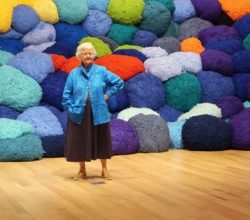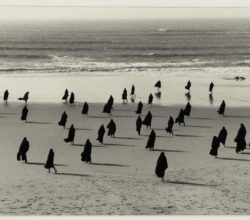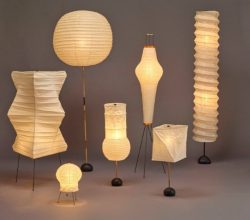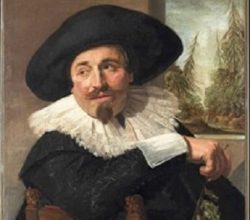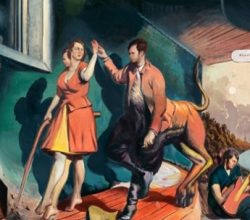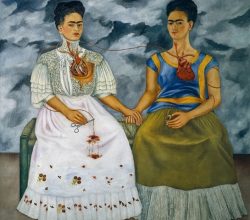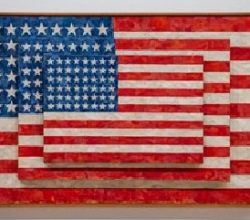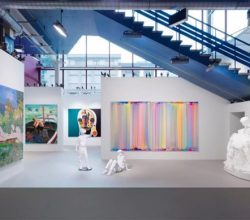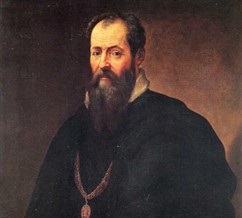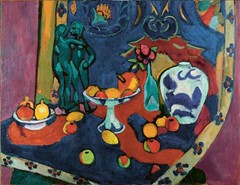
French and Russian Art on a ‘War and Peace’ Scale
Jason Farago | The New York Times | 30th September 2021
Late Tsarist Russia spawned two great modern art collections. The Shchukin Collection was shown in Paris in 2016. Now the Morozov Collection is on show, also in Paris, the first time it has left Russia. No superlative seems too grand. Bonnard’s landscapes are a “showstopper”, the Gauguin’s are of “staggeringly high quality” and there are “incredible helpings of Cézanne, Monet and Matisse”. A “stupefying” exhibition, one that is “legitimately historic”. Images are here.



